THE SACRIFICE GAME (2023)
A demon-summoning cult descends on a nearly deserted boarding school over the Christmas holidays...
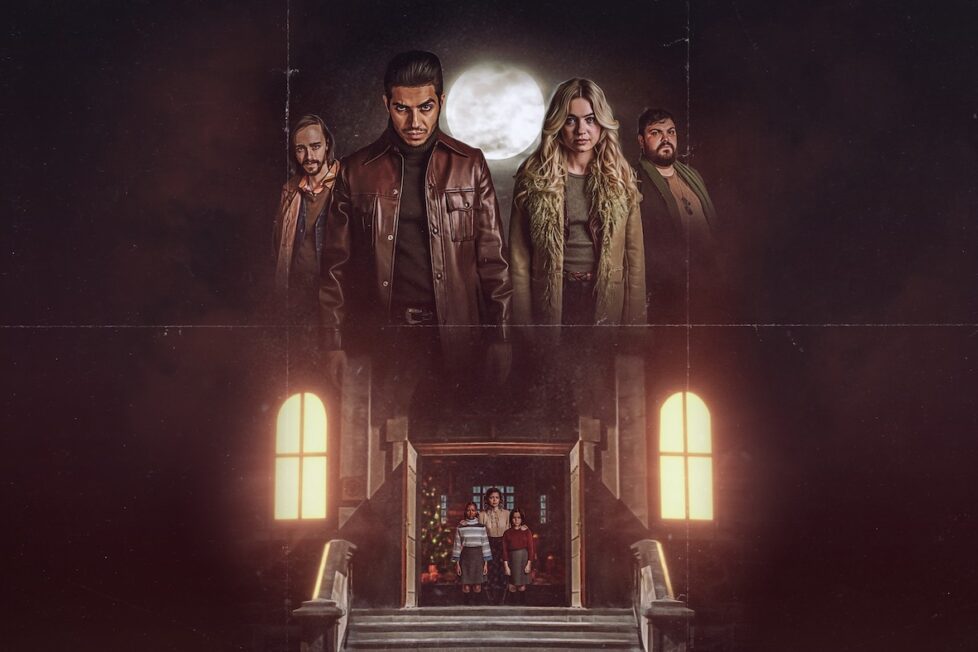
A demon-summoning cult descends on a nearly deserted boarding school over the Christmas holidays...


The Christmastime setting of Jenn Wexler’s The Sacrifice Game serves as a mere plot device, providing a rationale for the sparse occupancy of an isolated, cavernous girls’ boarding school, where only a couple of pupils and two staff members remain. It also serves as an opportune moment to conclude the well-curated soundtrack with Girl in a Coma’s punk cover of “I’ll Be Home for Christmas.”
But the early-1970s setting adds another layer to the story. Conveniently, it removes modern communication devices like mobile phones and the internet from the equation, as the school’s handful of residents are threatened by a demon-raising cult. Moreover, it lends the cult members an unmistakable air of the Manson Family, casting a genuinely sinister shadow over the narrative that might otherwise veer too close to silliness.
The film begins, however, with the idyllic atmosphere of Christmas, a scene soon punctured (literally) when carol singers outside a house finish their warbling and cheerily depart…. only for lurking figures to emerge from the shadows, force their way into the house, slaughter the inhabitants, and leave behind a strange symbol on a windowpane.
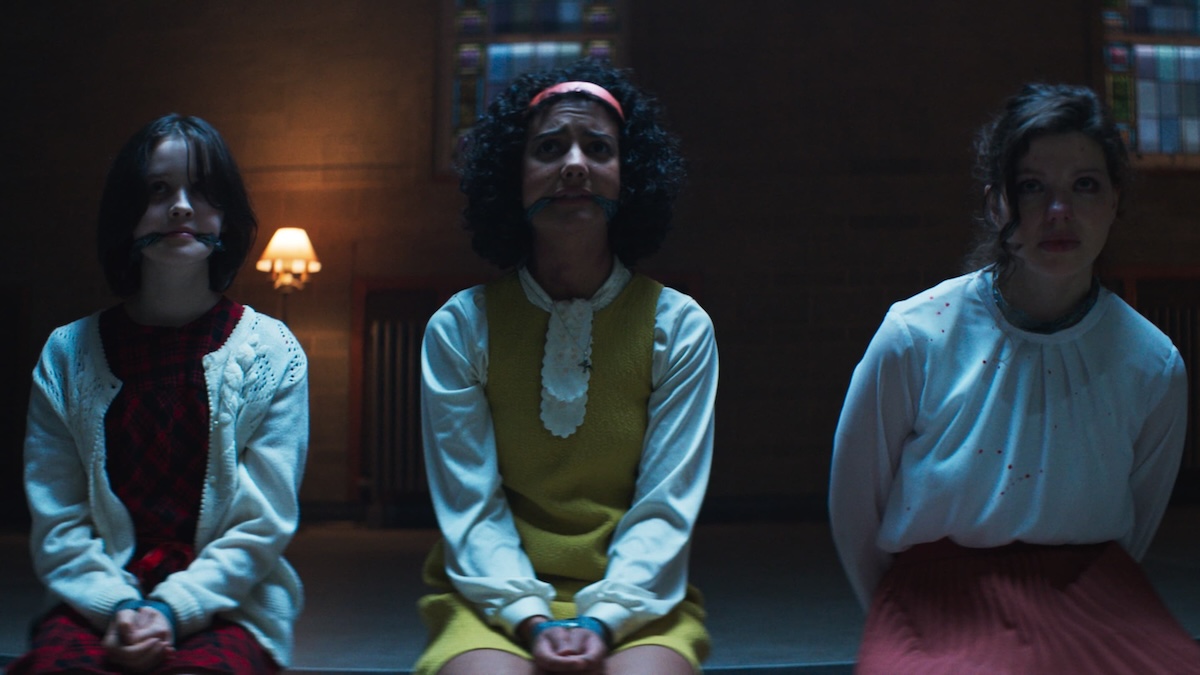
The entire scene is bathed in red, a hue reminiscent of both Hell and spilled blood. This intense colour scheme stands in stark contrast to the far paler palette that follows, depicting a teenage girl awakening in a tidy bed, her school building surrounded by snowy bare trees. It’s evident—or is it?—that this is an innocent person in an innocent setting, yet we’re left to ponder if the whole ordeal with the murderous gang was merely a dream, and if so, what that might signify.
Eventually, we’ll learn the answer in a rather neat and major plot development that occurs about halfway through the film. The twist is carefully foreshadowed to avoid being a deus ex machina, but it’s not so obvious that it’s immediately predictable. In the meantime, we’re introduced to the girl, Clara (Georgia Acken), and her classmate Samantha (Madison Baines).
Clara is a bit of a loner, Samantha more outgoing, and they aren’t particularly close friends, but they’ll be left together at the school over the imminent Christmas holiday while the rest of the students go home to their families, accompanied only by their teacher Rose (Chloë Levine) and her boyfriend Jimmy (Gus Kenworthy).
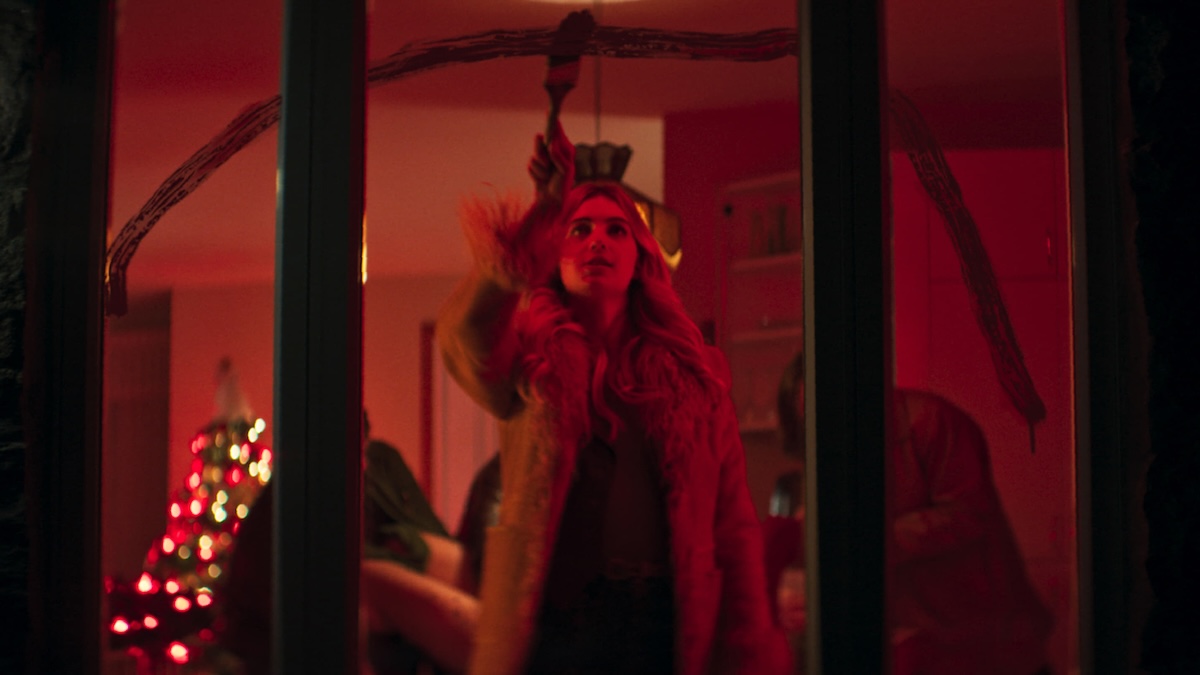
Before school finishes, though, there’s time to cram a lesson on local witchcraft history and for pupils to exchange lurid speculations about the group of serial killers terrorising local communities. According to one classmate, who describes the killers as entering people’s homes and “slashing them up until only ribbons of their flesh remain,” the crimes are “probably some Satanic shit.” The possibility that there might be something more sinister about the school itself emerges when the two girls discover a hidden cache of books in the basement that they believe “they don’t want us to read”. These texts appear to concern into the dark arts, rather than evolutionary theory.
So, it comes as no surprise that once most of the student body and faculty have departed, the murderous cult arrives at the school’s doorstep (not before pausing to partially flay a priest in the movie’s most gruesome scene). The cult is led by Maisie (Olivia Scott Welch), who’s persuaded three others to join her in her quest to summon the demon Ciroc: bloodthirsty Jude (Mena Massoud), wavering Doug (Laurent Pitre), and taciturn Vietnam veteran Grant (Derek Johns).
From here on, things unfold largely but not entirely as you might expect. Wexler and her co-writer Sean Redlitz inject enough freshness into their narrative ideas to maintain audience interest, and the performances are solid, especially Acken as Clara (evoking Christina Ricci in The Addams Family), Massoud as Jude (entertainingly devilish and OTT), Pitre as the wavering Doug, Levine as the teacher who might be more assertive than she first appears, and Kathleen Fee in an amusing small role as the school’s headmistress.
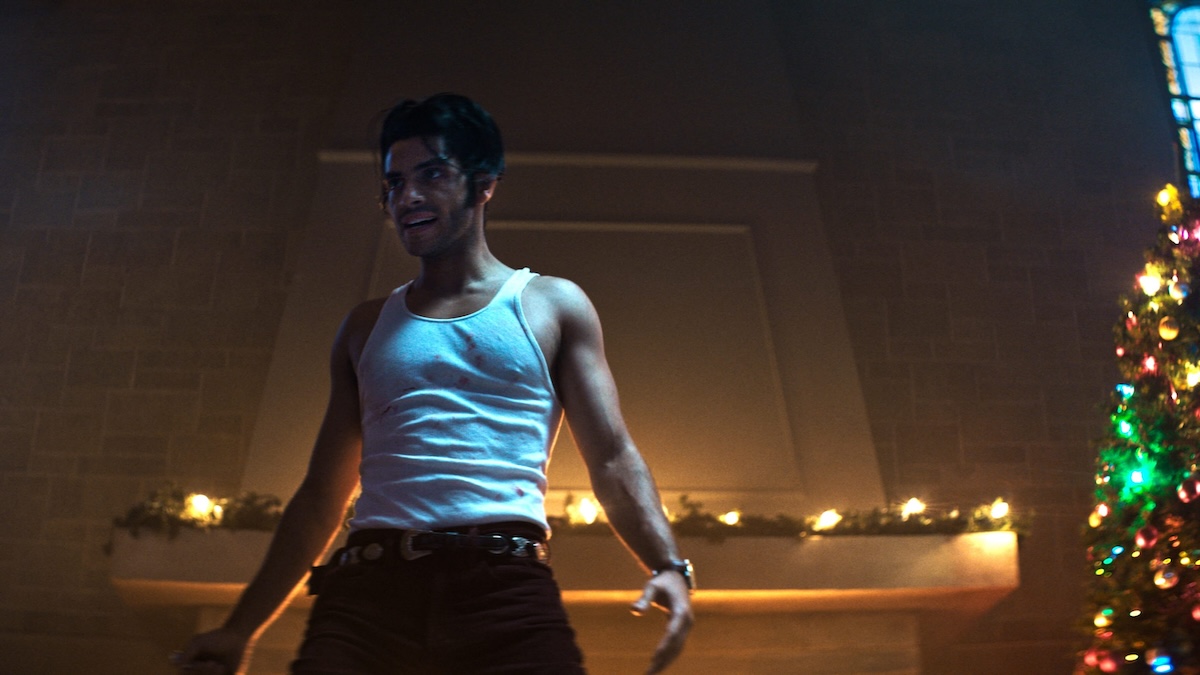
Despite Alexandre Bussière’s skilful cinematography, the film’s few exterior scenes are unfortunately marred by a laughably fake “snowstorm”, and the excessively bare rooms of the school fail to capture a sense of verisimilitude. (The setting is actually the former Abbey of Notre-Dame du Lac in Oka, Quebec, now a hotel.)
While the overall narrative arc is compelling and there are some engaging concepts, The Sacrifice Game suffers from an over-reliance on expository dialogue that feels more like the writers are eager to get some facts established rather than authentically convey what these characters might actually say—particularly a lengthy discussion around the 50-minute mark, where everything else stops so that people can explain stuff to each other. Additionally, there’s some narrative flab that adds nothing to the film, not even texture or mood, and the end feels somewhat contrived; as if Wexler and Redlitz intended a harsher, more cynical conclusion but lacked the conviction to follow through on their intentions.
Despite its low budget, The Sacrifice Game boasts better acting than many other indie horror films. And, for the most part, it strikes the right balance between seriousness and self-awareness. The film isn’t entirely a joke, but the filmmakers acknowledge its preposterousness. While it may lack real scares, The Sacrifice Game delivers suspense and some unexpected nuance to its narrative.
CANADA • USA | 2023 | 90 MINUTES | COLOUR | ENGLISH

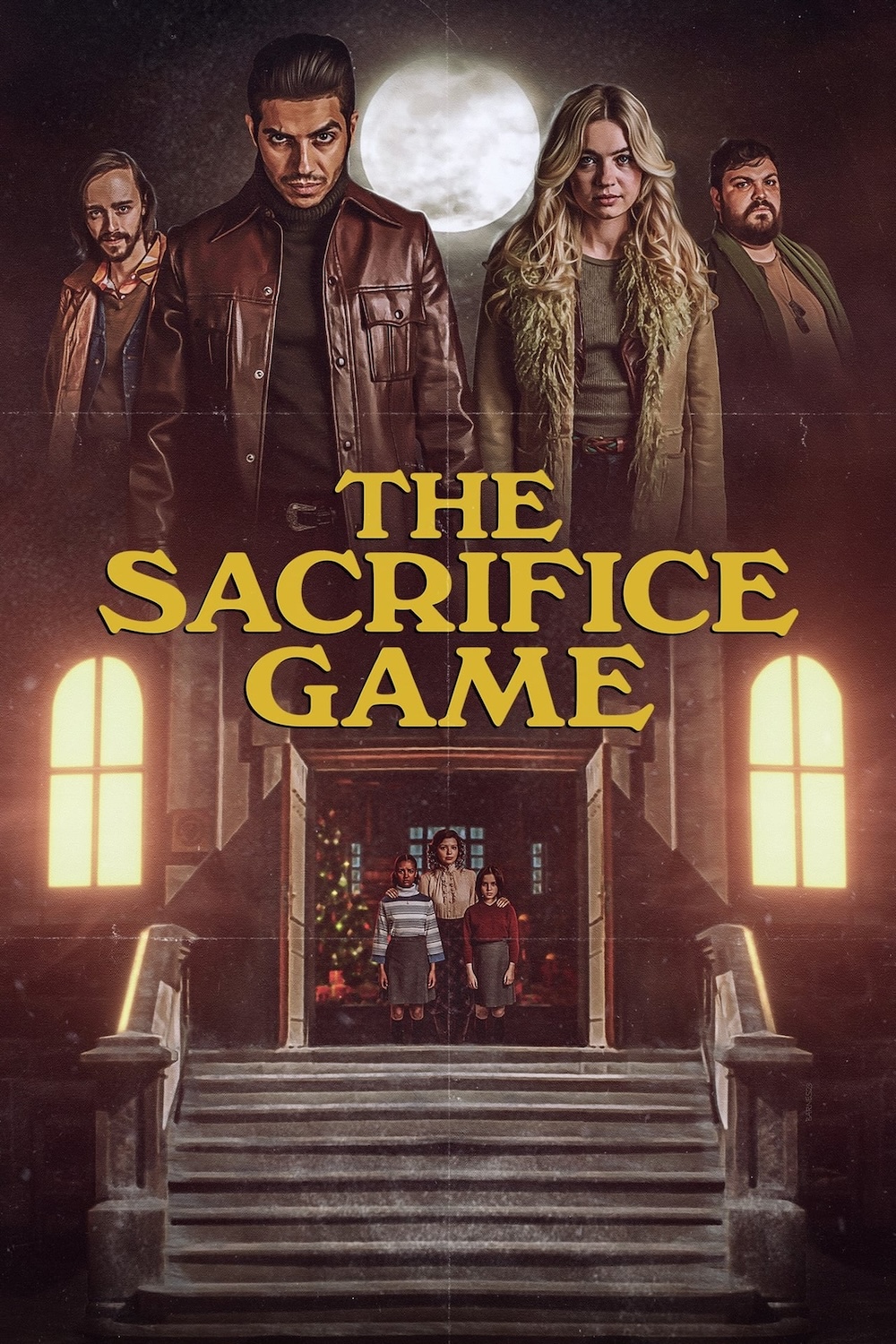
director: Jenn Wexler.
writers: Sean Redlitz & Jenn Wexler.
starring: Mena Massoud, Olivia Scott Welch, Chloë Levine & Gus Kenworthy.
